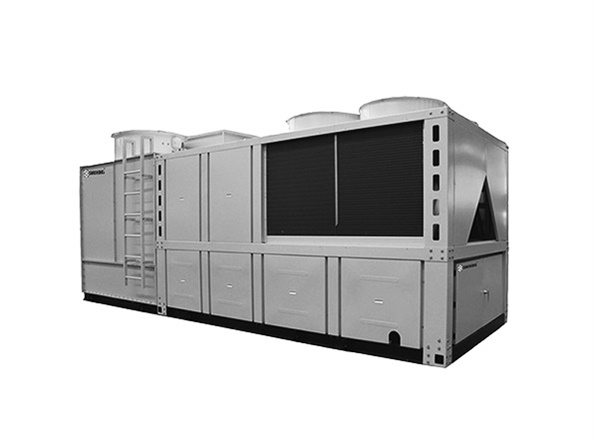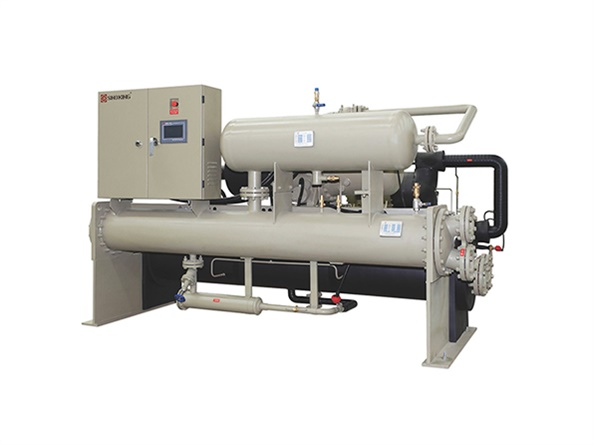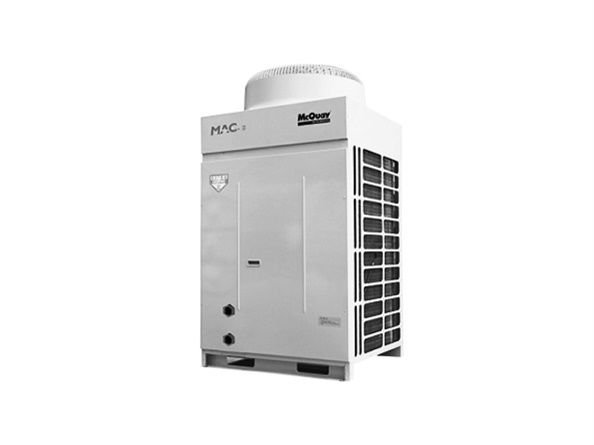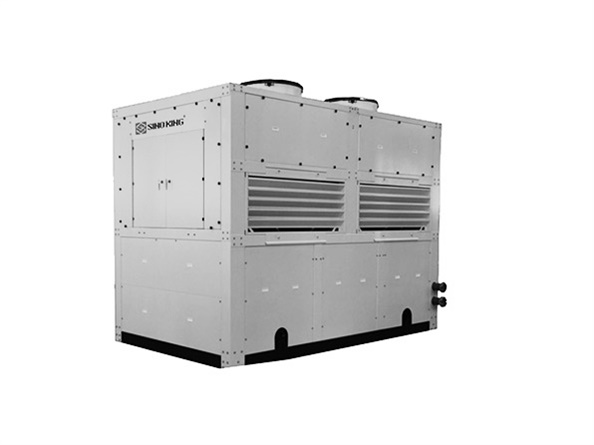When testing water samples, ammonia nitrogen is greater than total nitrogen. What's the matter?
First, what are the main nitrogen in the water body?
various nitrogen entering the water body, we can collectively call total nitrogen, and total nitrogen is divided into two categories: inorganic nitrogen and organic nitrogen.
Inorganic nitrogen mainly includes: ammonia nitrogen, nitrate nitrogen (nitrate nitrogen and nitrite nitrogen).
Organic nitrogen mainly includes: urea, amino acids, proteins, nucleic acids, uric acid, fatty amines, organic bases, amino sugars and other nitrogenous organic substances.
Ammonia nitrogen is one of the total nitrogen. Theoretically, total nitrogen will only be greater than or equal to ammonia nitrogen.
Second, ammonia nitrogen
Ammonia nitrogen (inorganic nitrogen) refers to the nitrogen in the form of free ammonia and ammonium ions in water. The source of ammonia nitrogen in water is mainly the decomposition of nitrogenous organic matter in domestic sewage through microorganisms. Some industrial wastewater also contains ammonia nitrogen.
3. Nitrate nitrogen
Nitrate nitrogen (inorganic nitrogen) refers to the fact that nitrate in water is the most stable nitrogen compound in various forms of nitrogen-containing compounds under aerobic conditions, and is usually used to represent the decomposition products of nitrogen-containing organic matter in the final stage of inorganic action.
Fourth, nitrite nitrogen
Nitrite nitrogen (inorganic nitrogen) is an intermediate product of the nitrogen cycle. Nitrite nitrogen is unstable and can be oxidized to nitrate nitrogen or reduced to ammonia nitrogen. Therefore, while measuring its content, and understanding the content of nitrate and ammonia in water, it is possible to judge the degree and self-purification of the water system polluted by nitrogenous compounds.
 Rapid removal of total phosphorus from urban domestic wastew
Rapid removal of total phosphorus from urban domestic wastew
 One minute! Take you to understand electroplating wastewater
One minute! Take you to understand electroplating wastewater
 33 commonly used knowledge points for wastewater treatment
33 commonly used knowledge points for wastewater treatment
 Emergency measures for "total phosphorus exceeding standard"
Emergency measures for "total phosphorus exceeding standard"


